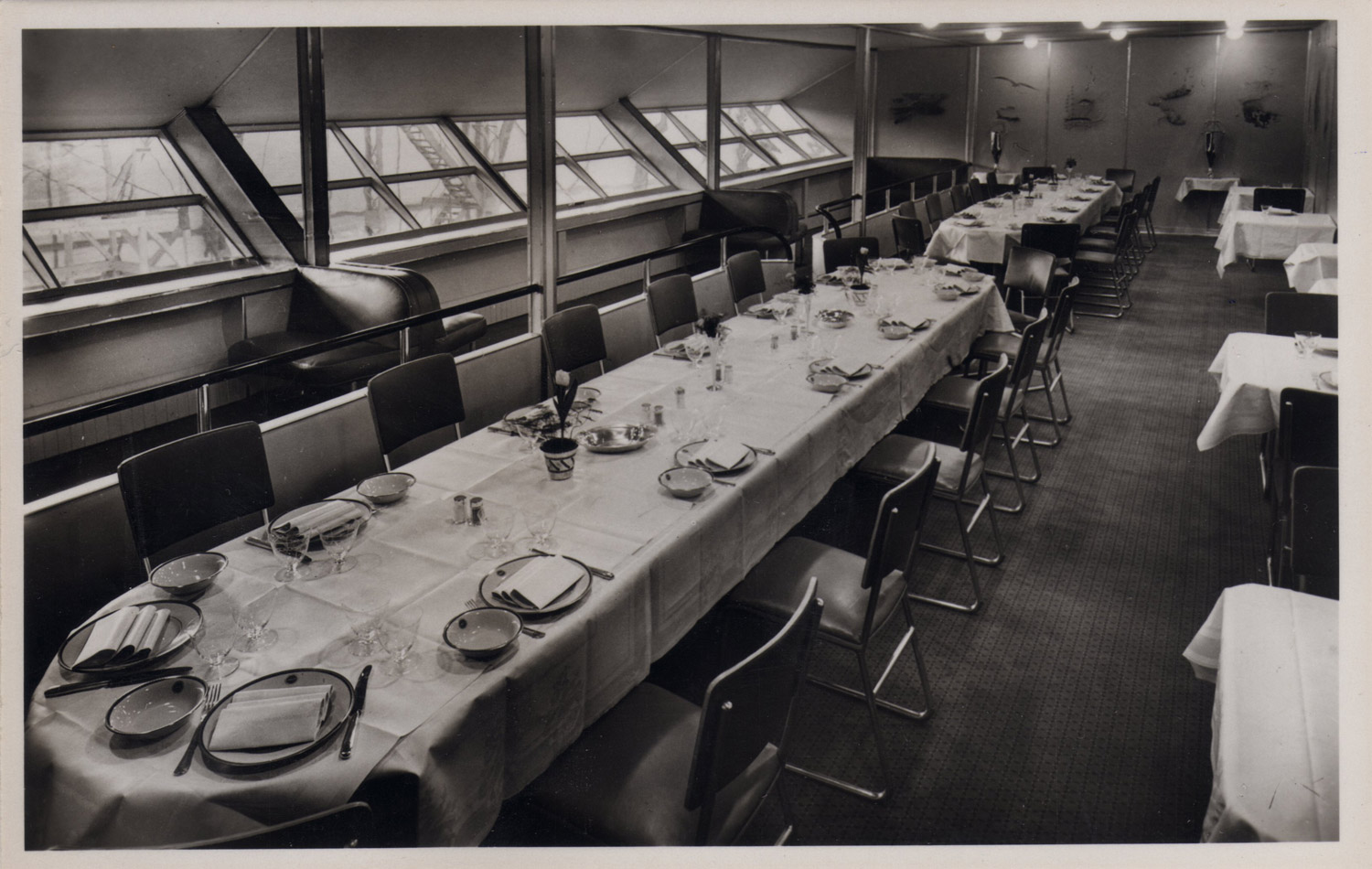It came as something of a shock when I learned that my fate was written in the stars. I had no idea that every last particular of my life, from cradle to grave, was foretold in the barely visible movements, thousands and millions of miles away, of fiery burning rocks scattered across the sky. As soon as I learned this, I was avid to know what lay in store for me. Only then did I realise that I could not read the stars, so I went to consult a stargazer.
He ushered me in to his observatory, high on a promontory, and tapped a spindly finger on the end of his telescope. He bade me peer through it, and I saw manifold stars, impossibly distant, burning bright in the night sky.
“Gosh!” I said, “How lovely they are. Yet to me, senseless, devoid of meaning.”
“That is where I come in,” he said, lighting his pipe and puffing on it with the air of a great sage. Then he faffed about with some gubbins and projected the image seen through the telescope on to a canvas screen.
“See this star?”, he said, pointing with a pointy stick at one bright twinkle among the myriad, “This is your guiding star.”
I could only say “Gosh!” again.
“The official name of this star is B76428-552,” he said, “But that is a dull as ditchwater name for a star, so, as with other stars, we give it a more memorable nickname.”
“And what is the nickname of my guiding star?” I asked.
“We call it Fascist Groove Thang,” he said, “It is among a cluster of stars nicknamed after pop records made thirty-odd years ago, when it was first observed through my mighty telescope. I have kept a careful eye on it ever since. That is how I knew you would come to visit me in my observatory today, though I must have misread the signs and portents, for you arrived ten minutes later than I expected.”
“Ah,” I said, “The delay was on account of important roadworks at the Blister Lane Bypass. My bus was diverted down a side road rife with lupins.”
The stargazer puffed his pipe, even more sagely.
“Still, that is a conundrum, and one I must puzzle out. The stars ought to have foretold the important roadworks. They almost certainly did. Much more likely that I somehow misread the signs and portents. I am getting a bit slapdash in my dotage, and my eyesight is no longer what it was. Once it was piercing, like a hawk.”
I commiserated with him, recommended some proprietary eye-drops, and then begged him to reveal what the stars told him about my future. He used the pointy stick to describe arcs and angles across the screen, and finally pointed once again at Fascist Groove Thang, so bright! so twinkly!
“Well, Ivan Denisovich,” he said, “It seems that next Thursday, you will meet a tall, dark stranger, you may have a stroke of good luck, and an opportunity may arise at work. Also, there may be an incident involving a dog, or possibly a tortoise.”
“Wow!” I said, “The person who told me that my fate was laid out in detail in the stars obviously knew what they were talking about. That’s four things that will happen on just one day of my allotted span.”
The stargazer’s countenance suddenly darkened. He took a long, sage, puff on his pipe and he frowned.
“I hope you do not intend to ask me, as some others have done, what is writ upon the stars regarding the precise duration of your allotted span,” he said.
Now, call me a fathead, but the blindingly obvious had not even occurred to me. Of course, if my fate were foretold, that would include the date and indeed the circumstances of my death.
“Actually, no,” I said, “Right this minute I am more concerned about this business with the tortoise next Thursday.”
The stargazer relaxed.
“I did not say it would necessarily be a tortoise. I said there might – might – be an incident involving a dog or a tortoise.”
“Well,” I said, “Could you not peer a bit harder, or describe slightly more precise arcs and angles with your pointy stick, or do whatever it takes to read my guiding star, Fascist Groove Thang, more closely? I would really like to know if there definitely will be an incident, and if so, whether a dog or a tortoise will be involved.”
And I meant it. This is not the place to explain my preoccupation with tortoises – particularly with Thursday tortoises – but it is very real, and exhausting, and occasionally almost fatal.
“I can draw up a chart,” said the stargazer, “Which will break next Thursday down into ten-minute chunks. I will have to observe Fascist Groove Thang more closely, through an even more powerful telescope, in an even bigger observatory upon an even higher promontory. But if that is what you wish, so be it. Bear in mind that the chart will be unintelligible to one with such a puny brain as yours, so I will have to interpret it for you. And of course one must always take account of the vicissitudes of cloud cover. But I think I should be able to come up with a definitive narrative of events, rich in detail, including even the name of the tortoise, if it turns out there is a tortoise involved in the incident, if of course there is an incident.”
“That would be dandy,” I said, and I forked over the stargazer’s hefty fee.
But would it be dandy? Bitter experience told me that tortoises on Thursday spelled ruination and destruction of all my hopes, ever since that picnicking fiasco in Shoeburyness. The less said about it the better, if I wished to retain my sanity. I went to sit in the stargazer’s waiting room, while he pootled off to a bigger observatory on a higher promontory. He had not told me how long it would take him to read my fate in the stars, but he said that if I went and peered through his telescope at Fascist Groove Thang from time to time, I might be able to discern the signs and portents of his return, and the cast of his countenance, and whether the news he brought back with him was good, or bad, or worse… even fatal.
He has been gone now for six days. Tomorrow is Thursday. I have no idea what tidings he will bring, for all I have seen through his telescope is a scattering across the sky of burning fiery rocks, impossibly distant, devoid of meaning, senseless, senseless.





